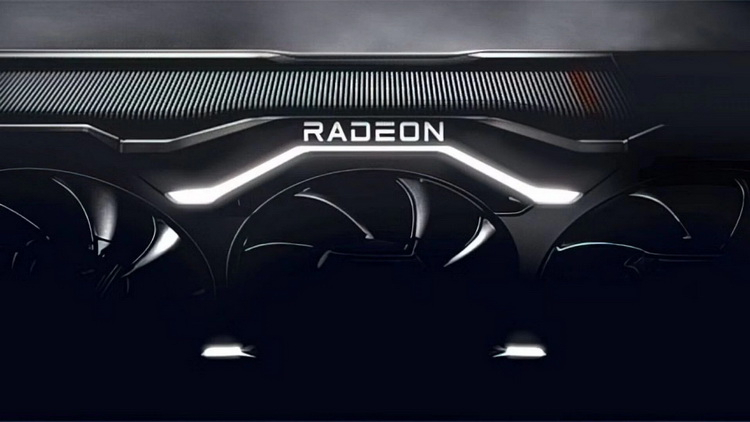
The situation with Resizable BAR (Base Address Registers) technology, which is part of the PCI Express interface specifications since version 2.0 and is the basis for AMD Smart Access Memory (SAM), continues to clarify. Recently we have written that SAM has worked on a bunch of Radeon RX 6000 and Intel processors, and now the details of older AMD processors are known.
techpowerup.com
Recall: AMD introduced SAM technology during the announcement of Radeon RX 6000 graphics cards and initially announced it only for Ryzen 5000 processors. While in conventional Windows-based PCs, processors can only access up to 256MB of graphics memory at the same time, this technology can expand the data channel, allowing the processor to use the entire video memory array at once and remove potential bottlenecks, achieving improved performance in some games.
It seems that it is no coincidence that AMD started talking about SAM support only with the launch of Zen 3 architecture; the fact is that AMD Ryzen 3000 processors of Matisse family based on Zen 2, as well as older solutions based on Zen+ and Zen do not support this feature. It turned out that PCI-Express bus of Ryzen 5000 Vermeer processors includes PCIe physical layer functionality called full-rate _pdep_u32/64, which is required for Resizable BAR.
Official data on performance boost from SAM on AMD Ryzen 5000 and Radeon 6000 platforms
More interesting is that Intel processors have been supporting this functionality since the 4th generation of Haswell's Core, which added a 20-band PCI-Express Gen 3.0 bus. This means that every Intel processor released since 2014 is technically capable of supporting Resizable BAR, and the question is only for motherboard manufacturers that release UEFI firmware updates for their products (i.e. Intel 8th and later series chipsets).
AMD is widely marketing SAM as a means to increase performance by 1–2 % for Radeon RX 6800 series graphics cards. Since this is part of the PCI Express specifications, NVIDIA also plans to add support for it to some of its GPUs.


0 Comments